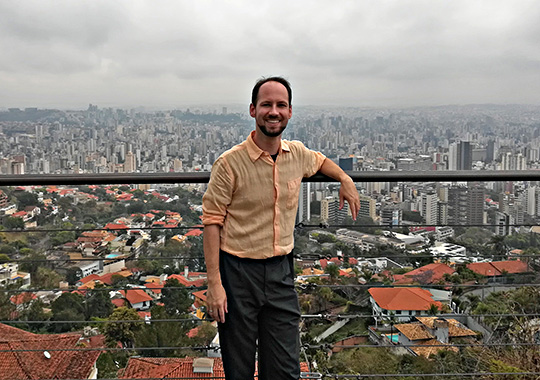 | |
| Name | Jorg O. Entzinger |
| Nationality | Dutch (The Netherlands) |
| Occupation | Assistant Professor at The University of Tokyo |
| City | Tokyo |
| Country | Japan |
| Jorg.Entzinger@gmail.com |
This website contains a mix of professional and personal interests and actually is a personal interest in itself.
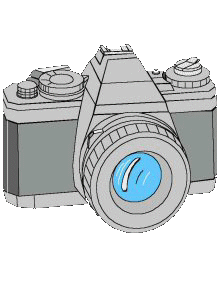 Read my Japan photo-blog
Read my Japan photo-blog
 I have been living in Tokyo since 2006 and I keep a photo-blog about my life here, and especially about the trips I make in Japan or abroad. If you pan to travel to/through Japan, you can use the photos to get in the mood, or to decide where you want to go. Be sure to check out my list of useful traveling/living in Japan links as well!
I have been living in Tokyo since 2006 and I keep a photo-blog about my life here, and especially about the trips I make in Japan or abroad. If you pan to travel to/through Japan, you can use the photos to get in the mood, or to decide where you want to go. Be sure to check out my list of useful traveling/living in Japan links as well!About me
 On the 30th of September 2005 I graduated as a MSc in mechanical engineering at the University of Twente. My topic was "Image Undistortion and World Coordinate Calibration for Seam Tracking with Structured Light", which is a difficult way to say: making sense of camera images to accurately position a welding robot. Some photos of my graduation are online now. My thesis can be found under the "publications" menu.
On the 30th of September 2005 I graduated as a MSc in mechanical engineering at the University of Twente. My topic was "Image Undistortion and World Coordinate Calibration for Seam Tracking with Structured Light", which is a difficult way to say: making sense of camera images to accurately position a welding robot. Some photos of my graduation are online now. My thesis can be found under the "publications" menu.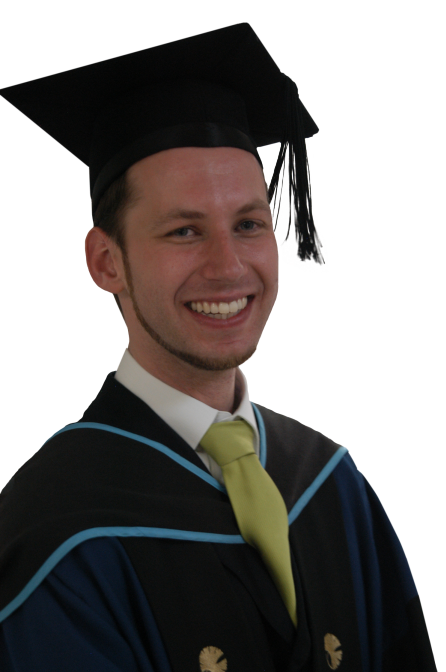 After my graduation I went to Japan with a Monbukagakusho:MEXT scholarship from the Japanese embassy (see Nuffic for more scholarships to and from the Netherlands).
I started out as a "non-degree research student" in Aeronautics and Astronautics at The University of Tokyo. After half a year of intensive Japanese language course and half a year of researching, I decided to change my scholarship and enroll in the PhD program.
On 24 March 2010 I received the title Doctor of Engineering (Ph.D) for my "Analysis of Visual Cues for Human Pilot Control in the Final Approach and Landing". You can find several scientific papers, as well as my thesis under the "publications" menu.
After my graduation I went to Japan with a Monbukagakusho:MEXT scholarship from the Japanese embassy (see Nuffic for more scholarships to and from the Netherlands).
I started out as a "non-degree research student" in Aeronautics and Astronautics at The University of Tokyo. After half a year of intensive Japanese language course and half a year of researching, I decided to change my scholarship and enroll in the PhD program.
On 24 March 2010 I received the title Doctor of Engineering (Ph.D) for my "Analysis of Visual Cues for Human Pilot Control in the Final Approach and Landing". You can find several scientific papers, as well as my thesis under the "publications" menu.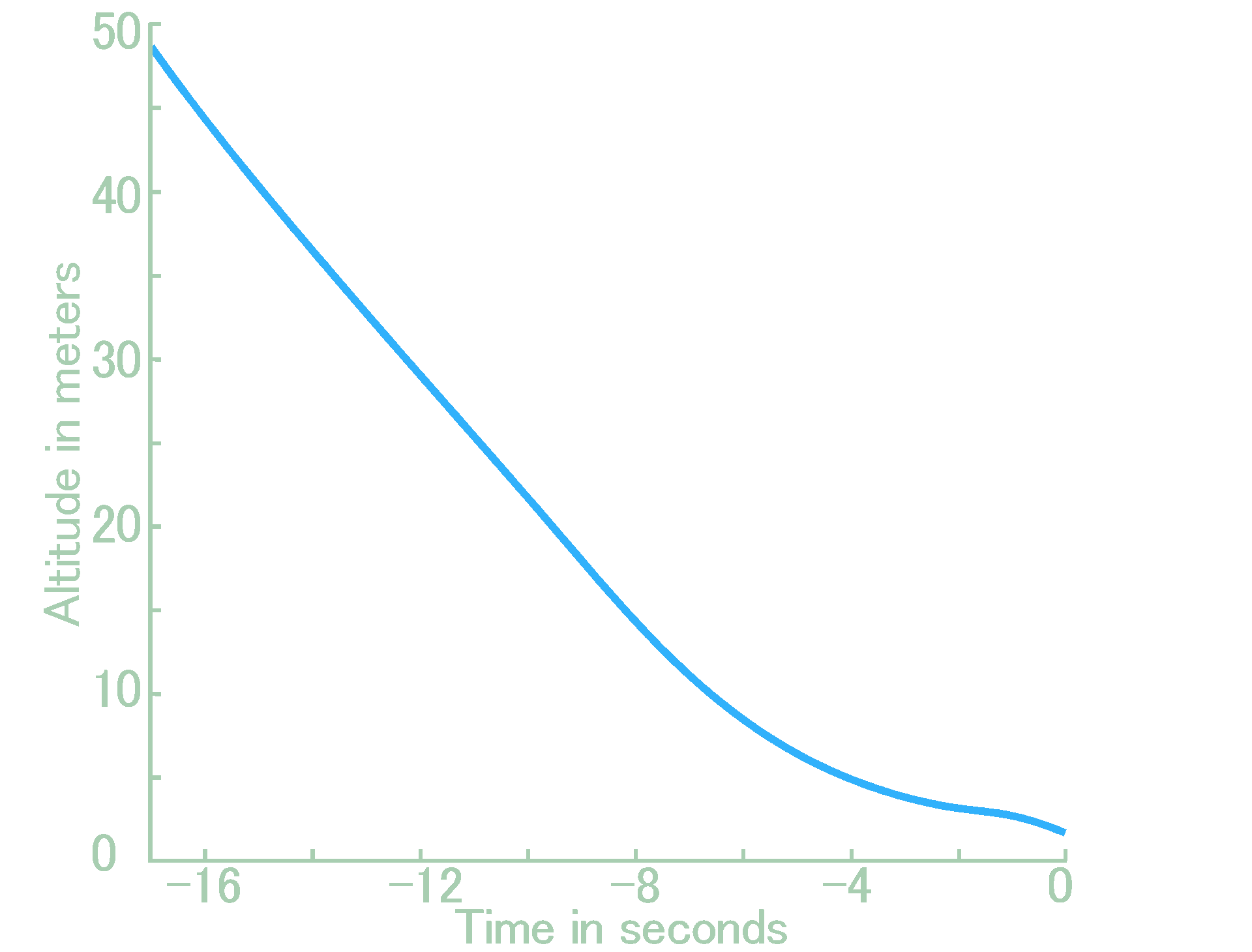
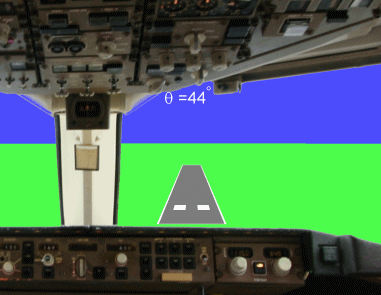
The final approach to landing consists of 2 main phases: glide and flare. One result of my research was that the speed at which the apparent angle between the runway sidelines increases is an important visual cue for the pilot to change his control and start the flare.
I worked 5 years for the "Global Ware Project (GWP)", which is part of the "Institute for Innovation in International Engineering Education (IIIEE)" of the University of Tokyo. Together with a few colleagues worked on several projects and lectures focusing at increasing the English language skills of Japanese students, and promoting interaction between international and Japanese students to create a bilingual campus. Besides the common vocabulary and grammar (for which we developed an e-learning system), another main focus point is teaching how to give technical presentations or how to write publications for international audiences.
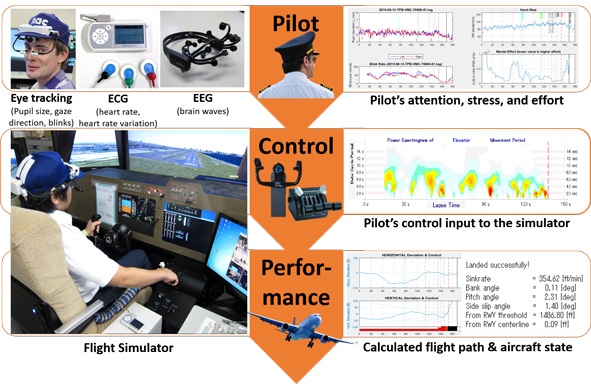 Since 2015 I'm back in the department of Aeronautics & Astronautics as Assistant Professor. I've been working on various projects focusing on the human factors aspects of aircraft control. I have developed tools for the objective analysis of pilot workload from ECG data (heart rate and heart rate variability), visual effort from eye-mark-camera data (gaze and pupil size), and control style (from simulator data). This resulted in my current project "PILOD": Pilot's Individualized Learning using Objective Data.
Since 2015 I'm back in the department of Aeronautics & Astronautics as Assistant Professor. I've been working on various projects focusing on the human factors aspects of aircraft control. I have developed tools for the objective analysis of pilot workload from ECG data (heart rate and heart rate variability), visual effort from eye-mark-camera data (gaze and pupil size), and control style (from simulator data). This resulted in my current project "PILOD": Pilot's Individualized Learning using Objective Data.